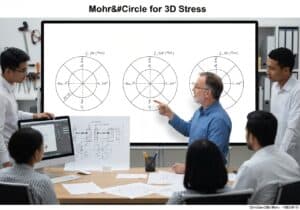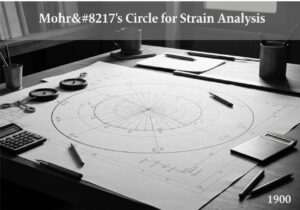One-way ANOVA is used to determine whether there are any statistically significant differences between the means of three or more independent groups. It analyzes the effect of a single categorical independent variable, known as a factor, on a continuous dependent variable. The null hypothesis states that all group means are equal, \(H_0: \mu_1 = \mu_2 = \dots = \mu_k\).
One-Way Analysis of Variance (ANOVA)
- Ronald A. Fisher

One-way ANOVA is the simplest form of this statistical technique. It extends the two-sample t-test to situations with more than two groups, avoiding the problem of inflated Type I error that arises from performing multiple pairwise t-tests. The ‘one-way’ or ‘one-factor’ designation indicates that the groups are defined by a single categorical variable. For example, in a study comparing the effectiveness of three different diets, ‘diet type’ is the single factor. The underlying statistical model for an observation \(y_{ij}\) (the i-th observation in the j-th group) is \(y_{ij} = \mu + \tau_j + \epsilon_{ij}\), where \(\mu\) is the overall grand mean, \(\tau_j\) is the effect of being in group j, and \(\epsilon_{ij}\) is the random error term. The analysis proceeds by calculating the F-statistic. If the F-test yields a significant result (i.e., the p-value is below a chosen significance level), it indicates that at least one group mean is different from the others. However, ANOVA does not specify which groups are different. To identify the specific differences, post-hoc tests like Tukey’s HSD or Bonferroni correction are required.
Type
Disruption
Usage
Precursors
- Student’s t-test for two independent samples
- Concept of experimental control and randomization
- Method of least squares
Applications
- agriculture: comparing the yield of a crop under several different fertilizer treatments
- medicine: evaluating the impact of various drug dosages on patient recovery time
- education: comparing the effectiveness of different teaching methods on student test scores
- marketing: testing if different packaging designs lead to different sales figures
- manufacturing: assessing if different production lines result in products with the same average quality metric
Patents:
Potential Innovations Ideas
Professionals (100% free) Membership Required
You must be a Professionals (100% free) member to access this content.
AVAILABLE FOR NEW CHALLENGES
Mechanical Engineer, Project, Process Engineering or R&D Manager
Available for a new challenge on short notice.
Contact me on LinkedIn
Plastic metal electronics integration, Design-to-cost, GMP, Ergonomics, Medium to high-volume devices & consumables, Lean Manufacturing, Regulated industries, CE & FDA, CAD, Solidworks, Lean Sigma Black Belt, medical ISO 13485
We are looking for a new sponsor
Your company or institution is into technique, science or research ?
> send us a message <
Receive all new articles
Free, no spam, email not distributed nor resold
or you can get your full membership -for free- to access all restricted content >here<
Related Invention, Innovation & Technical Principles














